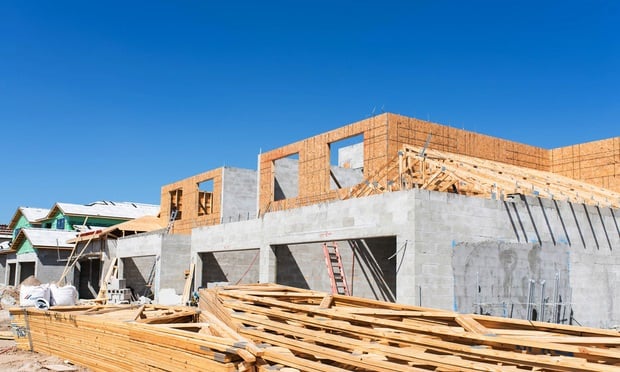LOS ANGELES—“The mixed-income model is one that really works,” Daryl J. Carter, founder, chairman and executive officer at Avanath Capital Management LLC, said on a panel discussing multifamily and affordability issues at the University of Southern California's Casden Real Estate Economics Multifamily Forecast. The panel, moderated by Gary D. Painter, professor at USC Price School of Public Policy, included Raphael W. Bostic, director of USC Bedrosian Center on Governance, and William A. Witte, chairman and CEO of Related California.
Listing statistics related to the issue, Carter explained that a recent evaluation done by the National Multifamily Counsel showed that the medium income of the average renter is $36,000, and Bostic revealed that there are 11 million people only one paycheck away from homelessness. “The trend is moving in the wrong direction,” said Bostic. “We are living in an economy where there are two economies, with fewer and fewer folks in the middle.”
In discussing which development models work best to help fill the supply of affordable housing, Carter was a fan of the mixed-income model, a model which Witte has had experience building. “People are getting discretionary entitlements and they don't want to reserve 15% for affordable housing; that's ridiculous,” he declared. Witte was also a fan of development models like granny flats as a way to contribute to the need for senior housing. “No one thing is a cure-all, but you would at least address one of the issues,” he added.
Bostic also brought-up the limited supply for housing in general, which contributes to vastly rising rental rates. “L.A. is 70,000 units short today,” he said. “If we got those units today, prices would come closer to equilibrium. There is so much excess demand here that prices will continue to rise. The people that need housing today will not be helped just by talking about supply.” He said that it is important to identify the areas in each submarket where affordable development could take place without causing uproar, as well as keeping track of job centers.
Witte explained that this is an issue that cannot be legislated and cannot be subsidized, admitting that he thinks more needs to be done at the local level. Bostic disagreed, saying that legislation won't make the problem go away, but it will help to ease the situation.
The insightful conversation was part of the Casden Real Estate Multifamily forecast, which also included a debate over GSEs involvement in the multifamily market.
© 2025 ALM Global, LLC, All Rights Reserved. Request academic re-use from www.copyright.com. All other uses, submit a request to [email protected]. For more information visit Asset & Logo Licensing.







